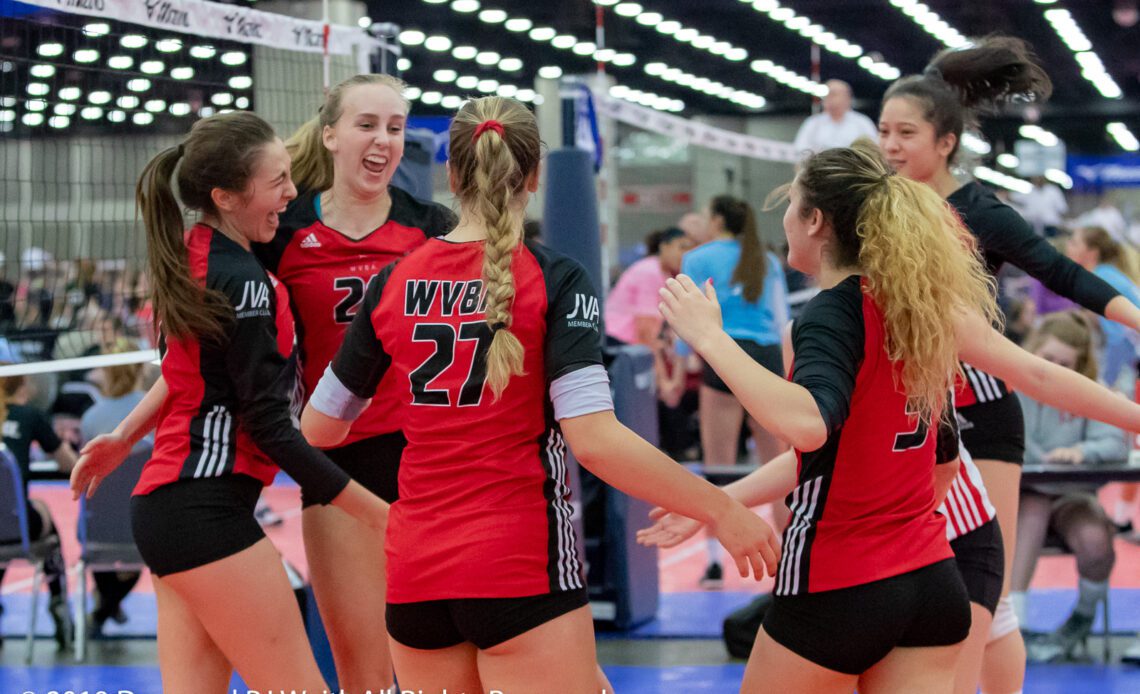Reading through Gabor Mate’s latest book, Myth of Normal, he speaks of a relational poverty where our interpersonal connectedness is at an all-time low. It is common to be surrounded by so many people and yet feel so alone. This social poverty creates the increasing need for an emotional connection that is both psychologically safe for us and meaningful in relation to each other. We need this so much that often we find kids suppressing, shaming, and guilting parts of themselves in order to fit-in with their peers. Starting with Generation Z, we have Generations that are growing up completely in a digital environment (Gould et al., 2019) that lack significant face-face interaction despite needing quality connection to survive. While Gen Z are highly connected, averaging roughly around 100 text messages per day, they report record amounts of depression, anxiety, and loneliness.
What has been wonderful to see within our sport at a young age is often our athletes just want to play with their friends. Unfortunately, I often hear about their team success described through a dichotomy of either, “up” or “down”; that they either have an amount of “energy” that allowed them to win, or a “lack of energy” leading to an eventual loss.
It has been interesting to speak with our teams about what it is they think causes an energetic “low” or “high” and how prevalent they feel it is to their success. Often athletes:
- Play to the demeanor of their coach – If the coach is “up”, they are “up”, if the coach feels like they are in contrast “down”, the team is also “down”.
- Play to the demeanor of their favorite players – often this is the player who socially is the most well-liked. If they are playing well and in high-spirits, so does the rest of the team.
- Play to the demeanor of the player who they perceive is their “best” player – oftentimes this is the player that is getting the most kills/aces/blocks as they happen often and directly contribute to points on the board.
- Play to the expectation of the perceived level of parental support from the sidelines. If they feel the parental “glares” they may withdraw and play safely. If they feel they are supported, they may play more openly and be prone to taking risks.
It is then common for the solution to become: Communicate/cheer/celebrate more to “keep the energy up/going”. In turn, we are instructing our athletes to treat the entire group as one big “energy entity” that…
Click Here to Read the Full Original Article at Junior Volleyball Association…

